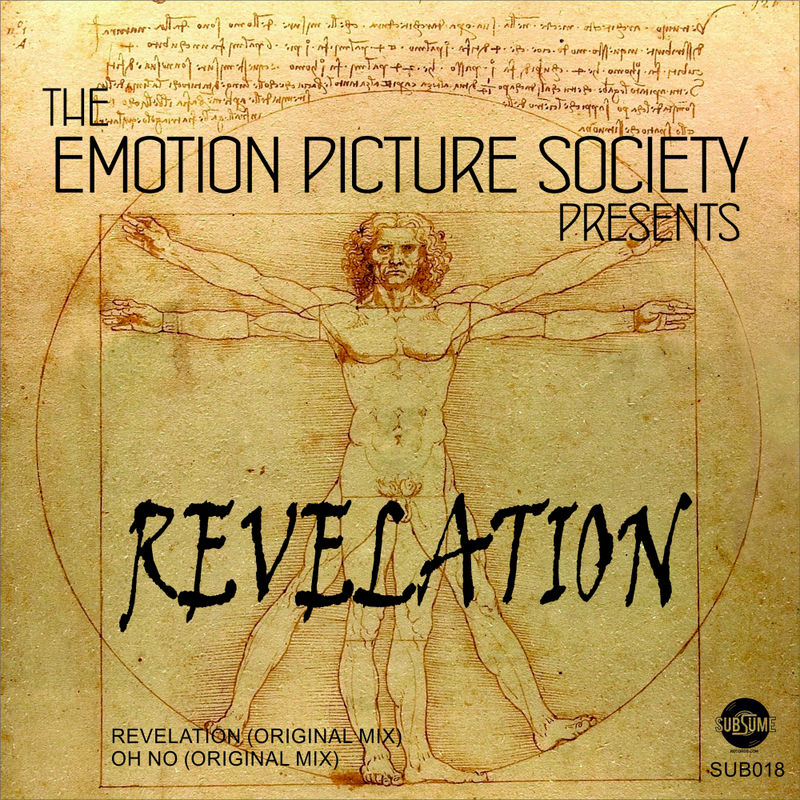

EPA Toxic Release Inventory (TRI) Program precipitated action. In 1986–1988, the improved information regarding chemical losses to the environment as a part of the U.S. The efforts through university research and state programs (beginning in North Carolina) to illustrate the benefits of pollution prevention, and a steady presentation of principles such as the creation of the pollution prevention hierarchy and roadmaps, extended over the early to mid-1980s. However, propagation into other large corporations was almost nonexistent. The early creation at the 3 M Corporation of money-saving innovations that reduced chemical losses to air, water, or land was widely publicized. General historical sequence for growth of cleaner technology in United States. The shift from 20–50 years of conventional pollution control to a preventative approach was dramatic because of the reversal in priorities.įIGURE 1. corporations had pollution prevention as the first emphasis in describing their approach to the environment. By 1990, virtually all of the Fortune 1000 U.S. This effort actually began during 1976–1980 when 3 M Corporation initiated the 3P program and North Carolina adopted waste minimization as a state-wide priority for managing emissions from industry.

In the space of two decades (1980–2000), the philosophical shift and the record of accomplishment has made pollution prevention a fundamental means for environmental management. No single dimension of the solutions for environmental problems has captured the imagination of engineers, scientists, policy-makers, and the public like pollution prevention. Overcash, in Encyclopedia of Physical Science and Technology (Third Edition), 2003 II History of Pollution Prevention By knowing the surroundings, including the dynamic geospatial relationships involving human users and their tools (cars, elevators, medical devices, and even each other), UC systems can offer useful customized services that drive increased personal and business efficiency. Though the UC concept involves various technologies, the essence of UC is the intelligence about, and knowledge of, our surroundings (also referred to as context awareness). In order to realize UC, a wide range of technologies must be combined, such as industrial sensor networks, multi-medium (copper, fiber, electromagnetic, infrared, and so on) networking, radio frequency identification (RFID), M2M, mobile computing, human-computer interaction, and wearable computers. The scope of UC is wide, spread over all areas of computer science, including hardware components (like chips), network protocols, interfaces (such as human or machine), applications, information assets and types (that is, business versus personal information), and computational methods. More so than any of the other terms synonymous with the IoT, Ubiquitous Computing (UC) is the least concrete and the most abstract and conceptual term. Tyson Macaulay, in RIoT Control, 2017 Ubiquitous Computing Mass movements of a magical orientation are compared with militant millennial cults, and the role of millennialism in forging new bases of social identity and in raising group consciousness is indicated. Examples of third-world so-called millennialism raise the question of whether these phenomena are autochthonous (that is, indigenously inspired) or result from Christian influence. Reference is made to the incidence of millennialism in other major religious traditions.

Divergent responses to the problem of cognitive dissonance, experienced when prophecy fails, are compared with reference to the Seventh-day Adventists, Jehovah's Witnesses, the Exclusive Brethren, and the Catholic Apostolic Church. Examination of various sects indicates that the relative deprivation thesis, which postulates that religious belief is a compensation for various forms of felt deprivation, does not account for the appeal of millennialism to its entire social constituency. Predictions of dates are exemplified from the history of the Seventh-day Adventists and Jehovah's Witnesses. Militant millennialism in Europe is exemplified, preceding discussion of the nineteenth century growth of mass movements. Its provenance and transmission via Judaism precedes an outline of the history of Christian millennialism in which premillennialism, belief that the Second Coming will precede the millennium, and postmillennialism, the thesis that the millennium will result from human effort before the Second Coming, are distinguished. Millennialism is defined as a general term synonymous with millenarism and millenarianism and chiliasm. Wilson, in International Encyclopedia of the Social & Behavioral Sciences, 2001


 0 kommentar(er)
0 kommentar(er)
